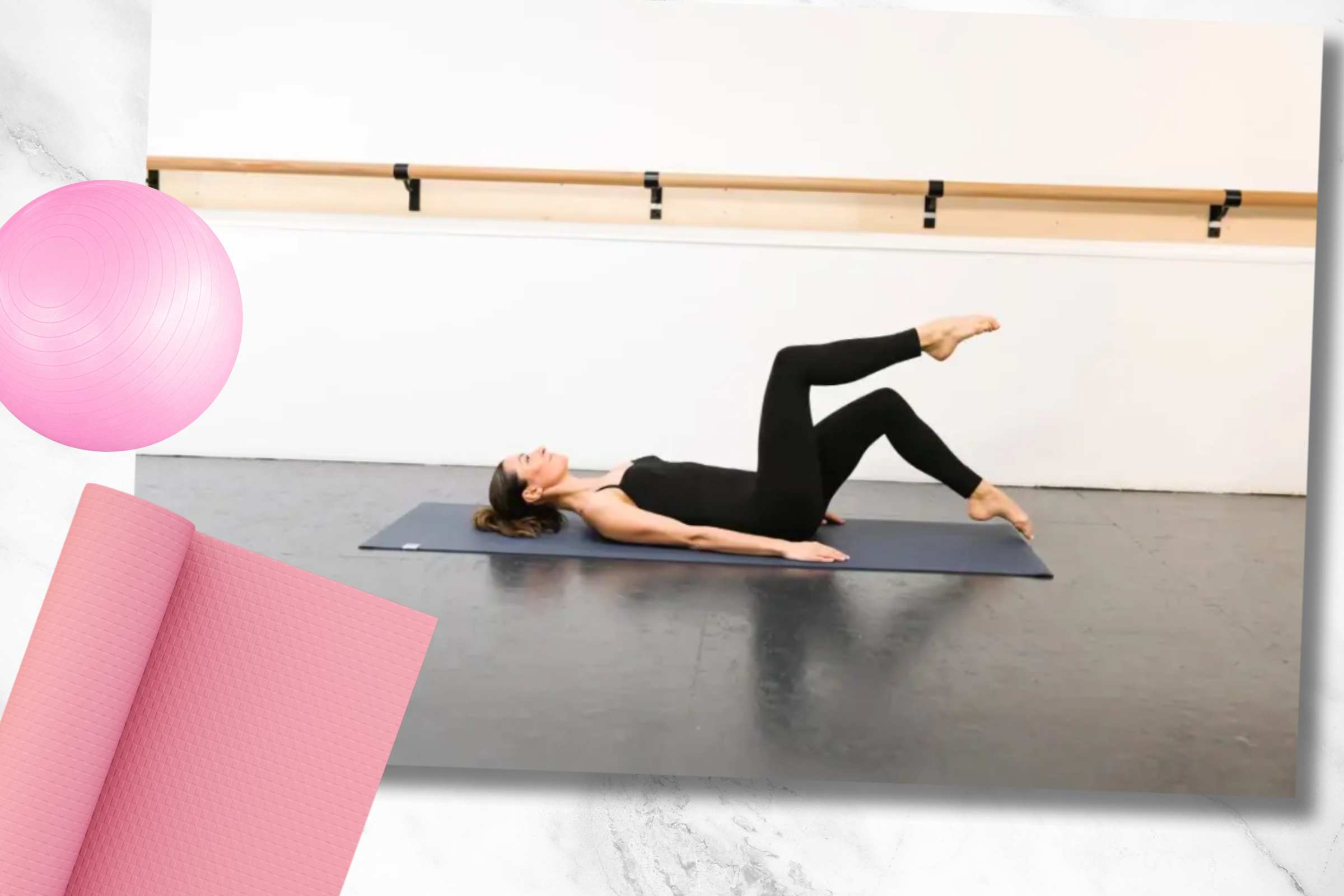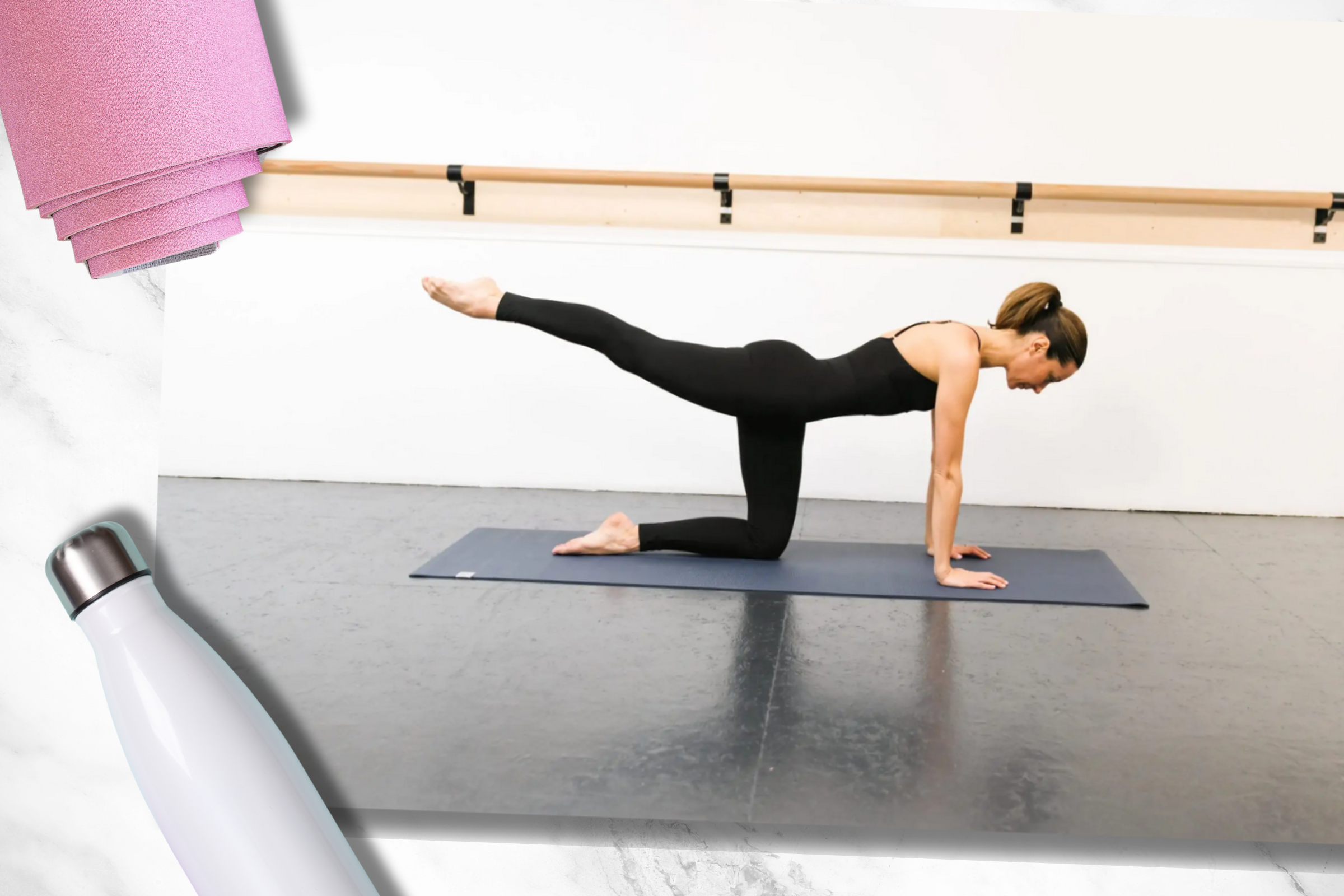How to add weights into your exercise regime

Are you looking to add weights to your exercise regime but feel unsure where to start?
Weight training is a great way to build muscle, but there are a few misconceptions about this form of exercise. While many of us may fear over-doing it, or bulking up, weight training is just as important as your cardiovascular exercise. In fact, the NHS recommends that we practice muscle-strengthening activities at least twice a week.
Here, personal trainer and yoga teacher Minnie Samengo-Turner outlines some of the benefits of weight training. She also shares her top tips for how to add weights to your exercise regime.
What are the benefits of exercising with weights?
Increase your muscle mass
Weight training can reduce our body fat and increase our muscle mass, helping us to feel stronger and support our wellbeing. Having more muscle will also help you to increase the intensity and duration of your workouts.
While a number of different factors influence our metabolism (including our genetics, diet and sleep), building more muscle mass can help to increase our metabolic rate too.
Lift your mood
Exercise in general helps to lift our mood and makes us feel good by getting those endorphins flowing (our happy hormones!).
Weight training not only builds a strong body but a strong mind too. After weight training, you may notice you feel confident, strong and capable, helping you to approach your day in the same way.
Reduce your risk of injury
Most weight training is lower impact and therefore less strain on your joints. It helps with keeping you safe in everyday activities – from picking up children to lifting heavy food shopping.
Research shows that weight training can also help us to improve our posture, decreasing our risk of falling over. For those unexpected times where your body might have to work harder, weight training helps us to be better prepared.
Increases bone density
Osteoporosis literally means ‘porous bones’ and it occurs when the inner part of our bones weaken and the honeycomb holes that make up the bone’s structure become larger. As these holes get bigger, we lose inner bone strength – with no outward signs of pain until we break a bone.
Smoking, not eating enough bone-building nutrients and genetics can all increase our risk of osteoporosis. Post-menopausal women who don’t take HRT also have an increased risk. Replacing missing estrogen slows down bone loss and increases bone mineral density.
Weight-bearing and weight training exercises can all help to increase bone density and bone strength, reducing the likelihood of fall and injury.
Improve your athletic performance
Building a stronger body can help with your performance in other sports. For example, single leg strength training is key for runners to help improve their power, speed, agility and endurance. You can tailor it to any sport you are participating in or training for.
Best form of low-impact cardio
It’s difficult to build muscle via cardiovascular exercise, but weight training is one of the best forms of low-impact cardio. The key is to focus on compound movements. These are movements that involve more than one joint and muscle group with minimal rest (sometimes none at all) in between exercises. For example, this might be doing squats while also holding weights.
This will get your heart rate up and a sweat on! You’ll reap all the cardiovascular rewards without the stresses and strains that high-impact cardiovascular training (such as running) can have.
How often should I use weights?
In order to have a sustainable habit, you’ve got to enjoy it. Luckily there are lots of different types of resistance training so you can find one that suits you. It’s important to become familiar with the following definitions:
Weight training: a general term for working out using weights. Weights include any free weight movement like dumbbells or barbells or weight machines at your gym. If you don’t have weights at home you can use your own body weight, such as with exercises like push-ups or planks. Weight training is training with weights to improve general health and fitness.
Strength training: is a specific type of training that helps you build muscle mass and become stronger. If you’re an athlete trying to perform better in your sport, your strength training will be geared to improving your physical ability in that sport.
Resistance training: Any exercise where you push, pull, or otherwise try to work against some type of resistance can be considered resistance or strength training. Resistance can be provided by moving your body against gravity, as when doing a push up or plank or achieved via using weighted dumbbells, weighted bars, kettlebells and resistance bands.
It’s difficult to recommend a general rule as to how often – and for how long – you should train. Working with a personal trainer can help you to work towards your own bespoke goals.
As a general rule of thumb, I’d recommend one to two sessions of 45 minutes a week if you’re a beginner. As you get stronger, you may wish to up this to three sessions of 45 to 60 minutes a week.
A good plan is to make every session full-body because you’re targeting the same muscle groups over and over again. To get the most out of the sessions, focus on compound lifts, where you’re working multiple muscle groups at a time. Focus training around deadlifts, squats or overhead press. Any kind of big movement.
How to get started
A good place to start is working with a personal trainer or finding a low-impact strength class, either in person or online.
It’s all about finding a trainer that understands you, your body and your needs. For example, my Yoga Sweat classes are perfect to get you started. These classes are 30 to 45 minutes long and combine strength and cardio. We move in a way that’s kind to our bodies to get you feeling strong and those endorphins flowing!




